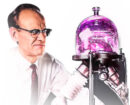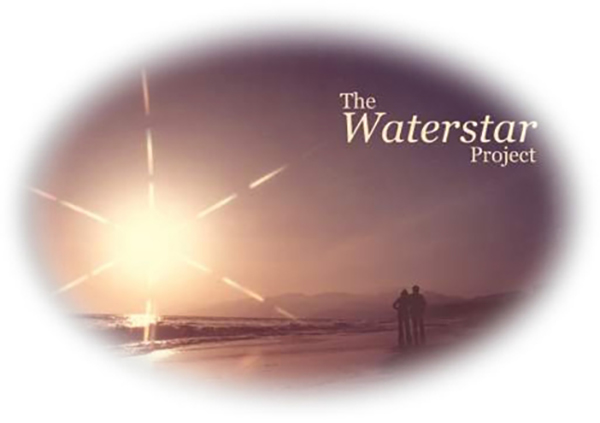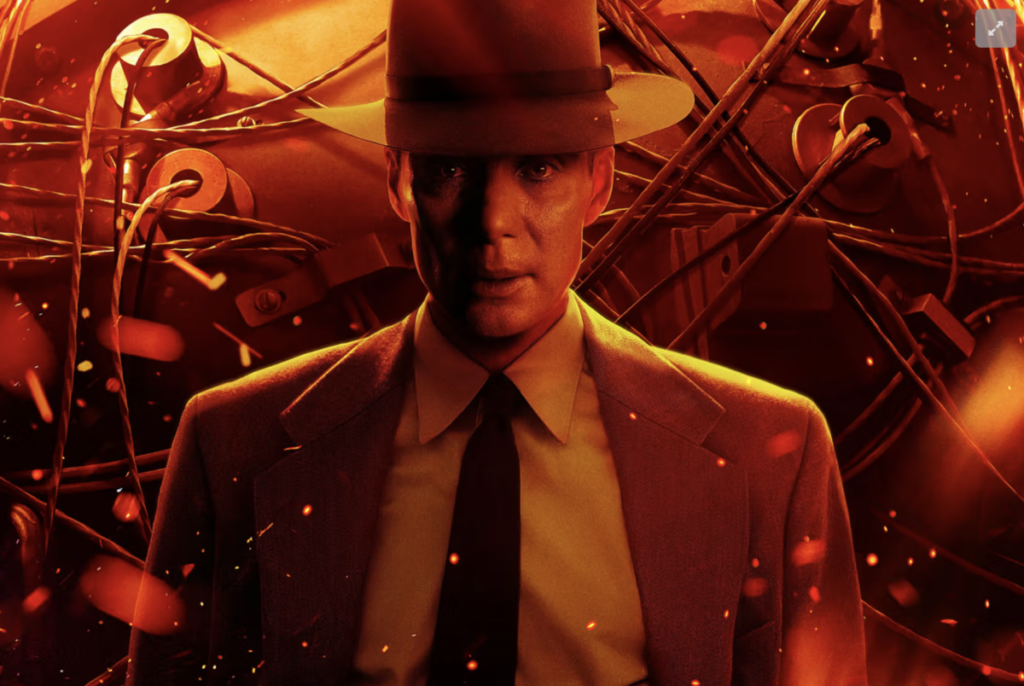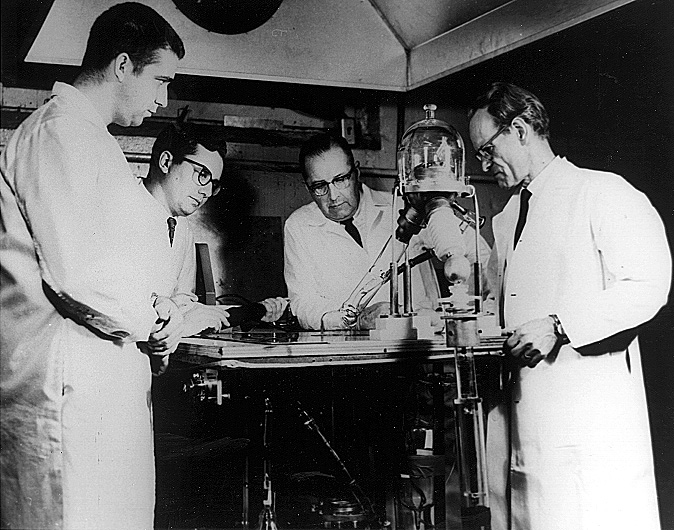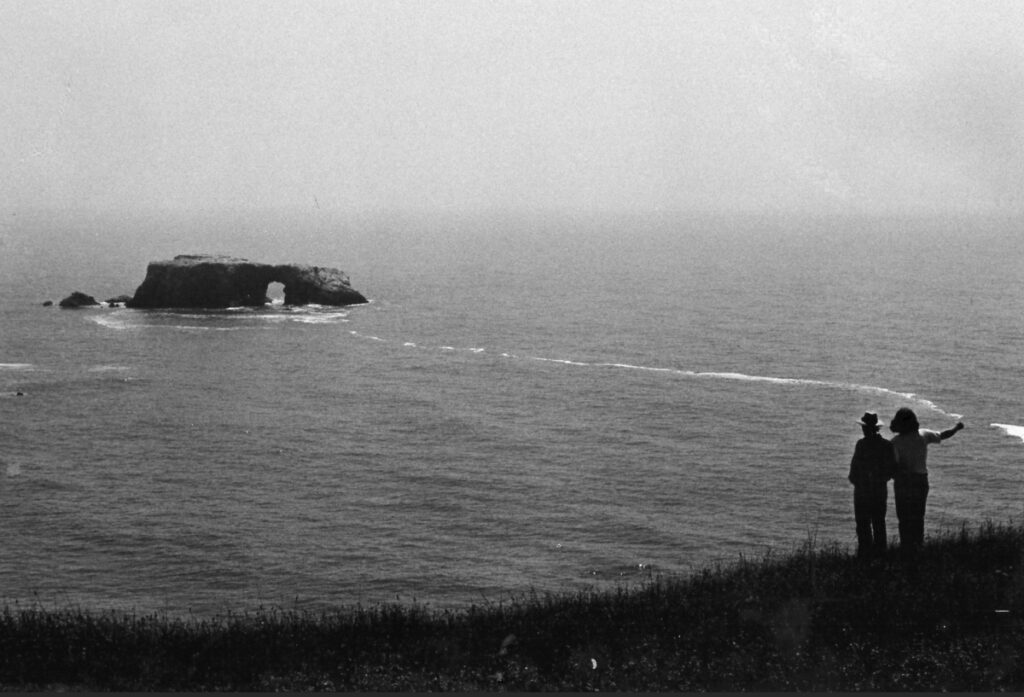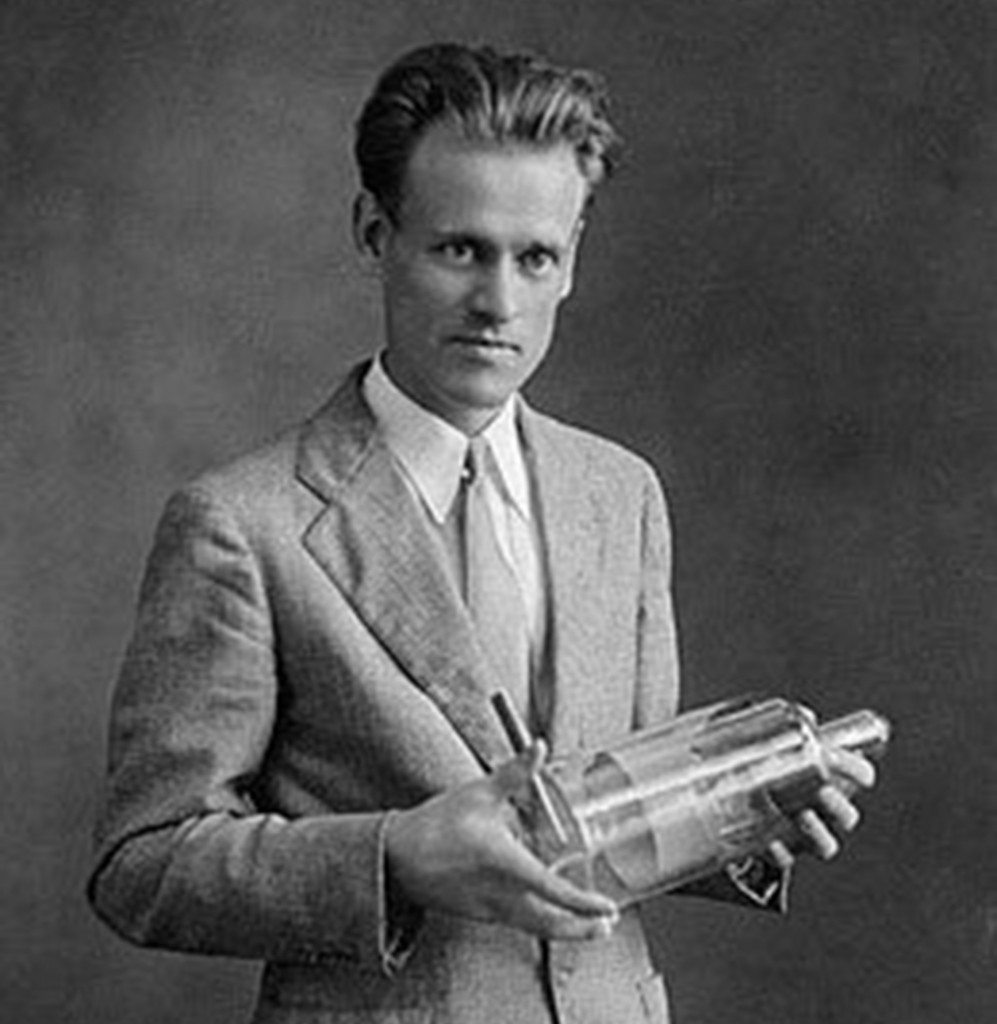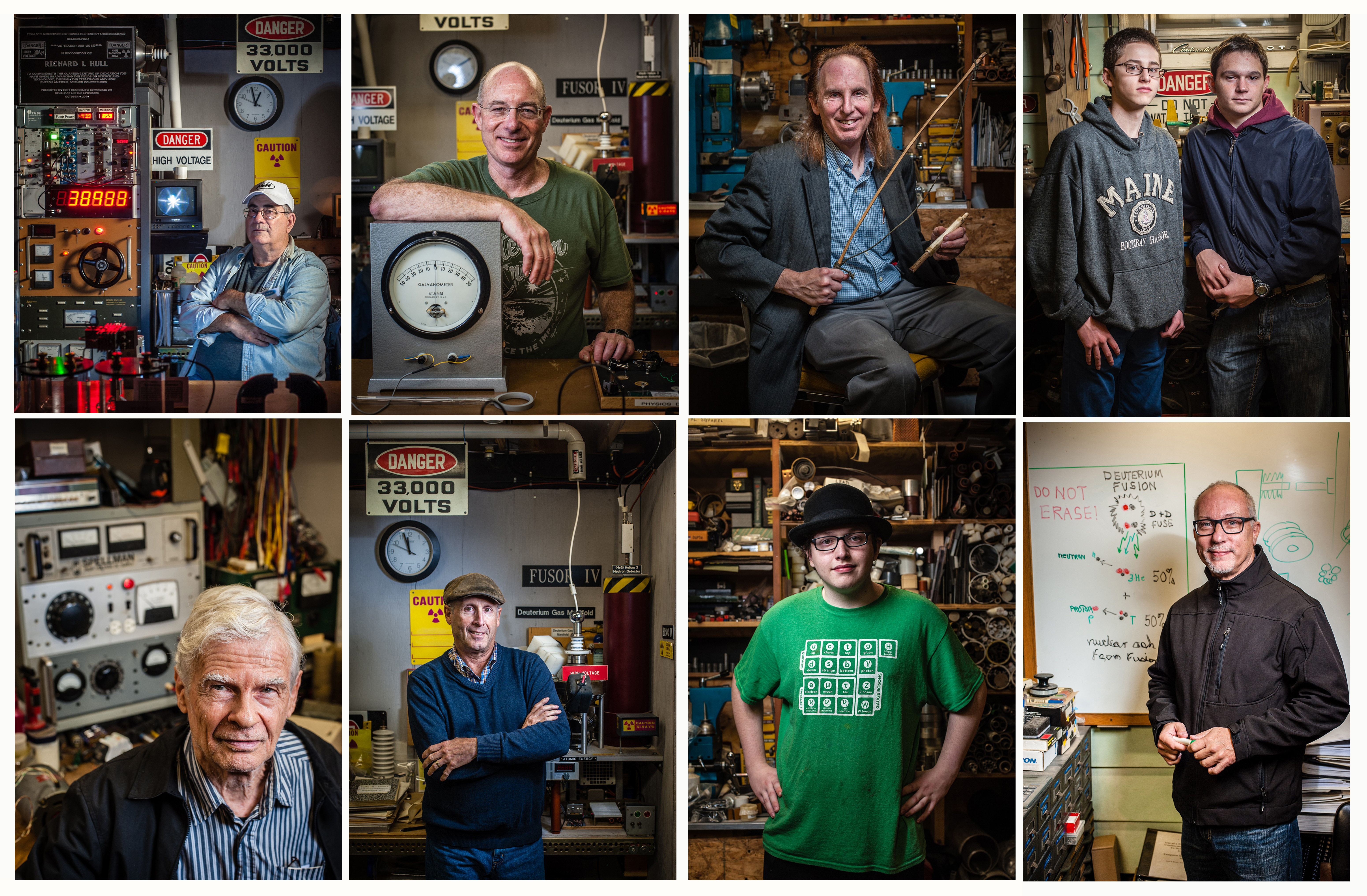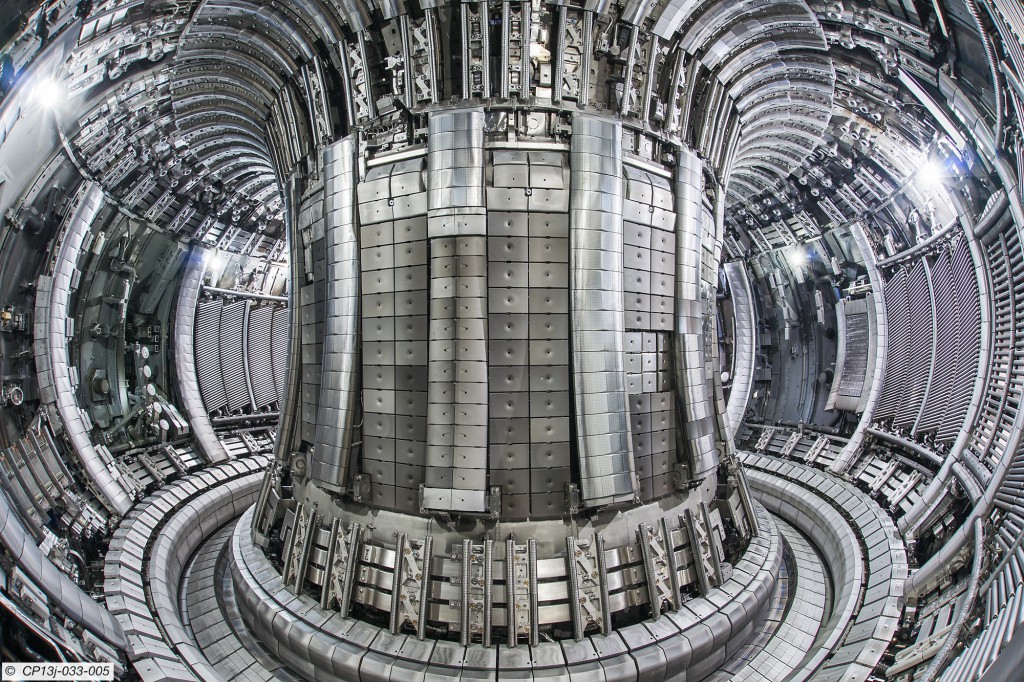Read: The Waterstar Manifesto
“This is the good part of my theories. You must continue this work.” –Albert Einstein – despondent after Hiroshima and Nagasaki – to Philo T. Farnsworth in 1948 “I’ve seen all I need to see.” –Philo T. Farnsworth – to his wife after conducting a clandestine, late-night fusor ‘run’ in 1966 “We were close. We were very …
